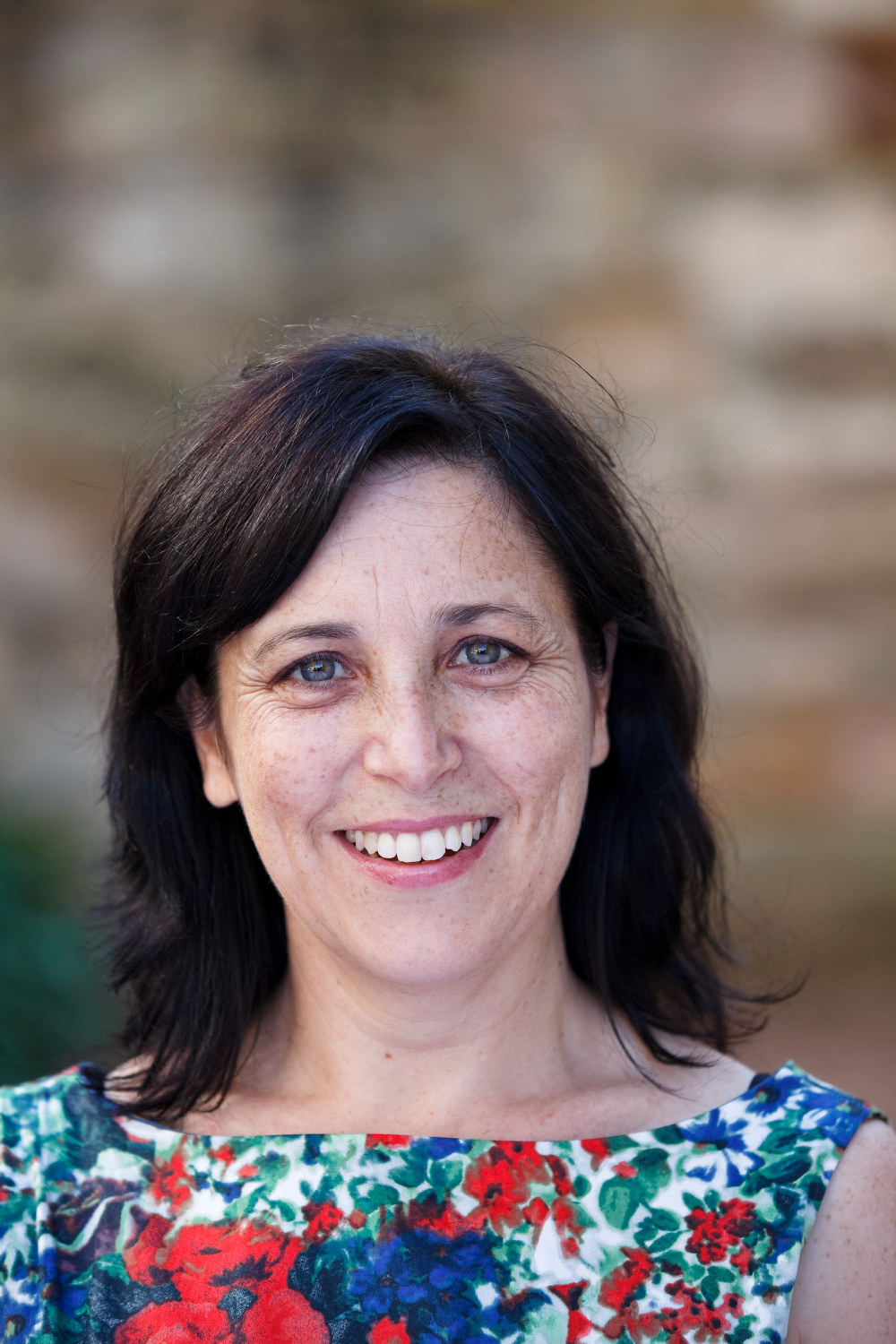‘Everyone worked at the waterfront’
Tales of the harbour
Sydney Harbour was the lifeblood of the thriving working‑class community who once lived in The Rocks, including the residents of the four terrace houses that now make up Susannah Place Museum.
Washing the dishes at the kitchen sink, a young boy gazes out the window at the ships in Sydney Harbour. It’s the early 1900s. His father works on the coal ships, and the customers that his mother serves in the family’s grocer shop at 64 Gloucester Street, Susannah Place, are mainly the wives of local waterside workers. Inspired by this view – the backdrop to his childhood years – John Youngein went to sea at the age of 16, working as a stoker on steamships.
Until the 1980s, Susannah Place residents enjoyed magnificent views of the activity on and around the waterfront. From their back doors and upstairs windows they could see the boats coming and going, from the sailing ships of the early 19th century to the later coal-fired steamships and the smaller vessels that ferried people across the harbour. With these views now obscured by high-rise it’s easy to forget how close Susannah Place is to the water. In fact, the reason the four houses were first built, in 1844, and then continuously tenanted for almost 150 years is inextricably linked to their proximity to the harbour.
A workplace and a home
Sydney’s busy working harbour required a readily available workforce to service the ships, and The Rocks became densely populated with maritime workers and their families. As one Susannah Place resident remembered, ‘if you didn’t live at the waterfront you didn’t work anywhere … everyone worked at the waterfront’.1 The harbour was the beating heart of the Rocks neighbourhood, and its ebbs and flows bound the working-class community together.
By the 1900s many of the Rocks men worked on the waterfront as coal lumpers or wharf labourers (wharfies). The work was hard and often dangerous, and the hours were long and irregular. Waterside workers were paid per ship, and families struggled to make ends meet when work was scarce or men couldn’t work due to ill health or injury. Yet, long after they left the waterfront, their bodies worn out, many men remained tied to the harbour and its tight-knit community. Well into the 1940s, years after he stopped working as a wharf labourer, Susannah Place resident John Gallagher could still name every ship in the harbour.
Even for those who didn’t work on the water, the rhythms of the working harbour were ever present. The sounds of ships’ horns and of anchors being winched up punctuated the day, and a ‘tremendous roar’ boomed across the neighbourhood as coal was dropped into the holds of ships. Steamships burning coal emitted huge palls of smoke over the area – every Monday, washday could be ruined by the coal dust that drifted up from the harbour ‘depending on which way the wind was blowing and what ship was stoking up’.2
‘There was always something to see’
The harbour offered recreation and relief, with outings on ferries, cooling sea breezes, and a place to swim and fish. As Patricia Thomas fondly recalled, ‘there was never a dull moment because there was always something to see’.3 In 1908, John Youngein’s brother James sat at his bedroom window watching the US Navy’s ‘Great White Fleet’ of 16 warships sail into Sydney Harbour. Likewise, as a young boy visiting his Sarantides grandmother and uncles at Susannah Place in the 1930s, George Adaley loved watching the ferries, and with his uncle’s binoculars he could see ‘the captains driving the boats’.4 Also in the 1930s, residents witnessed the spans of the Harbour Bridge arches inching closer together, and in the 1960s the appearance on the skyline of the first high-rise building at Circular Quay.
The last resident of Susannah Place, Ellen Marshall, who lived in number 62 from 1962 till 1990, recalled the majestic views:
We had the Harbour Bridge on our left looking north and it used to shine in the window. We could see the Governor’s residence through the trees of the Botanic Gardens, and Fort Denison … We could see the Customs House clock, and of course we could see the Opera House being built. We were never without a breeze – even on the hottest night you’d get some air movement off the water.5
Notes
1. Fred Hughes, resident of 58 Gloucester Street from 1915 to 1929, oral history held by Sydney Living Museums.
2. David Hamilton, resident of 119 Gloucester Street during the 1940s, oral history held by Sydney Living Museums.
3. Patricia Thomas (nee O’Brien), resident of 62 Gloucester Street from 1933 to 1942, oral history held by Sydney Living Museums.
4. George Adaley and Kay Kallas, regular visitors to 60 Gloucester Street from 1935 to 1946, oral history held by Sydney Living Museums.
5. Ellen Marshall, oral history held by Sydney Living Museums.
Published on
Related
Browse all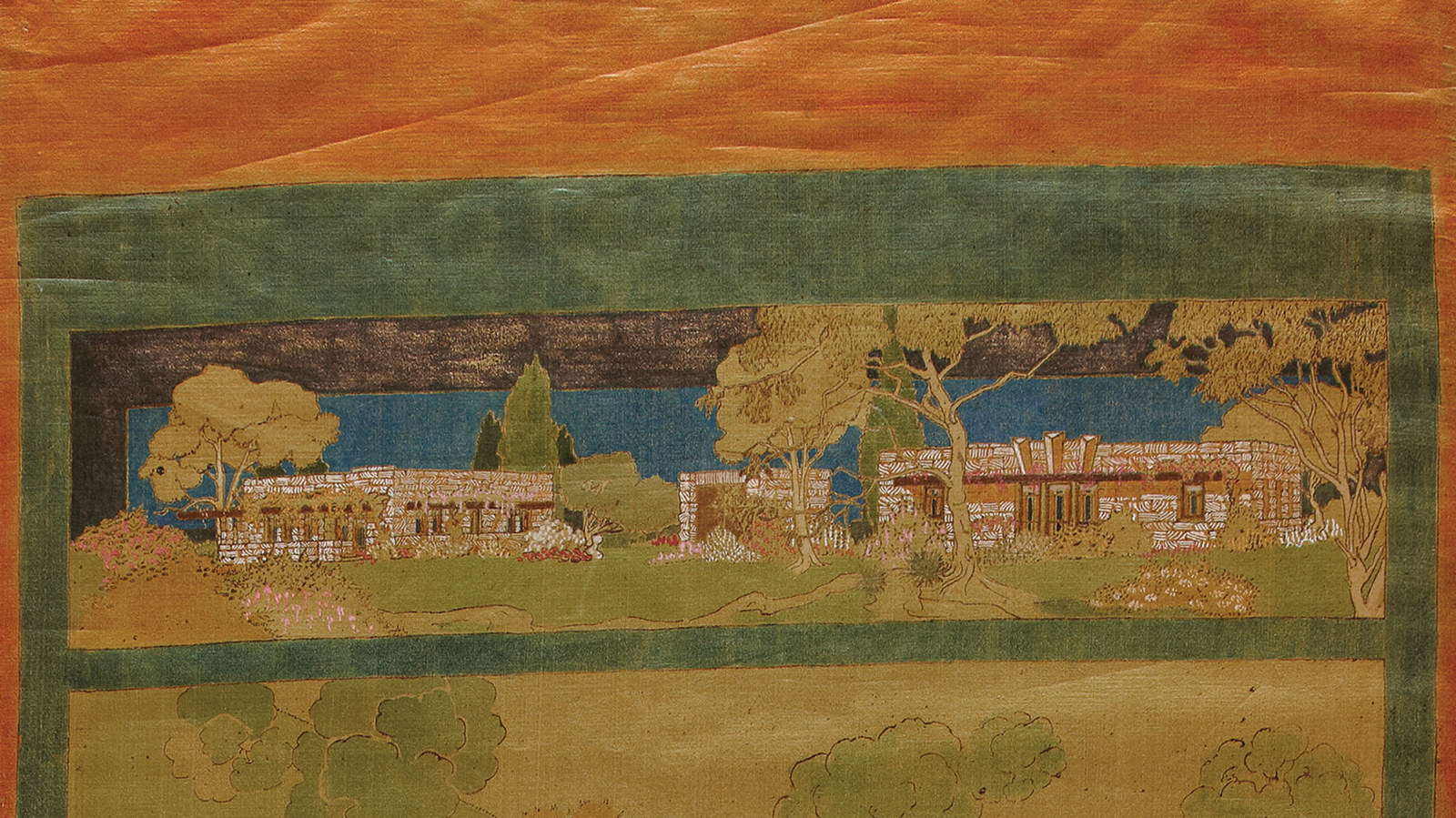
Discover Paradise on Earth
Whether you’re a lover of design, architecture and art, or simply seeking an oasis in the CBD, this new exhibition invites you to reflect on the extraordinary story of architect Marion Mahony Griffin
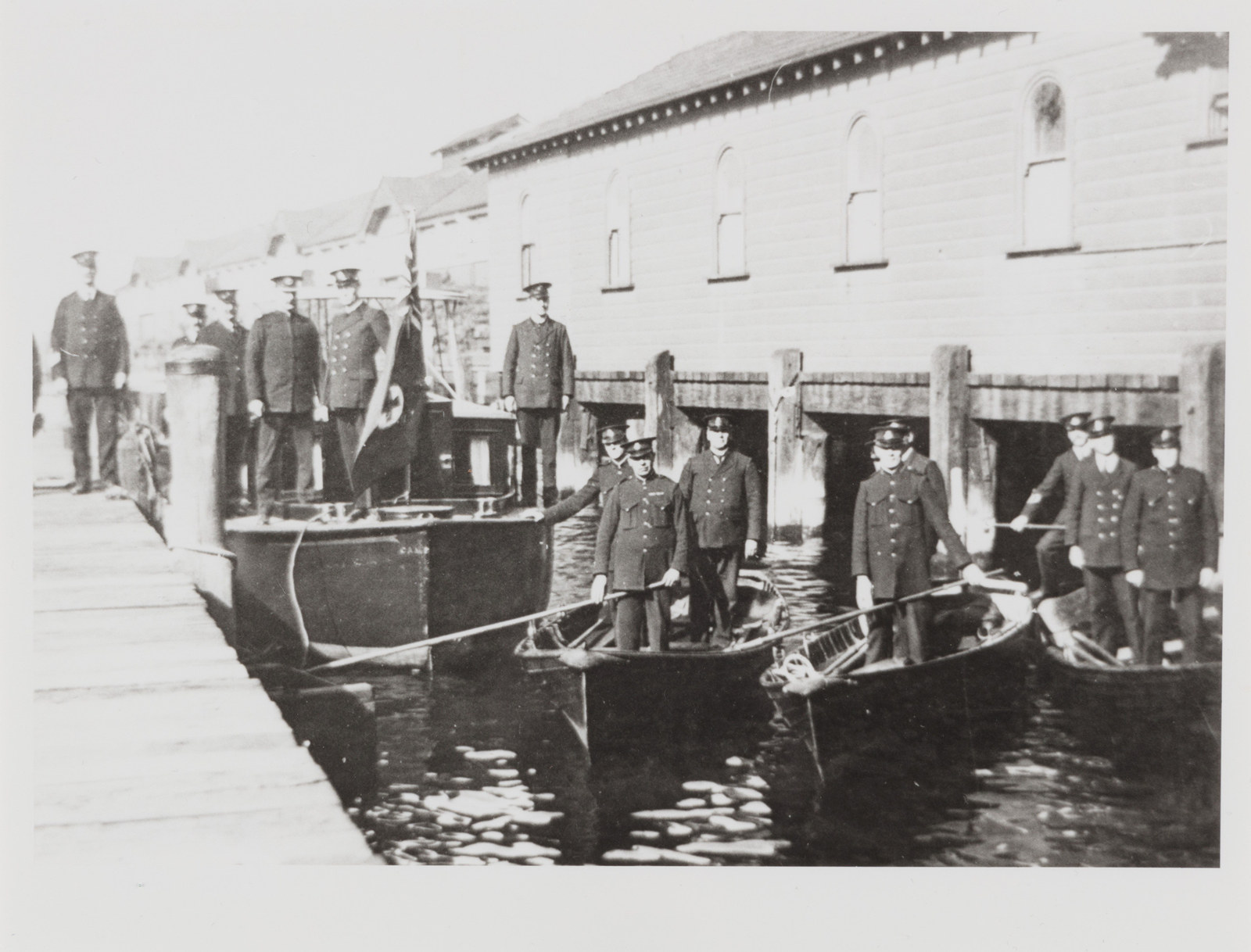
Tragedy on Sydney Harbour
Sydney’s worst maritime disaster occurred out of the blue on a sunny spring day in 1927
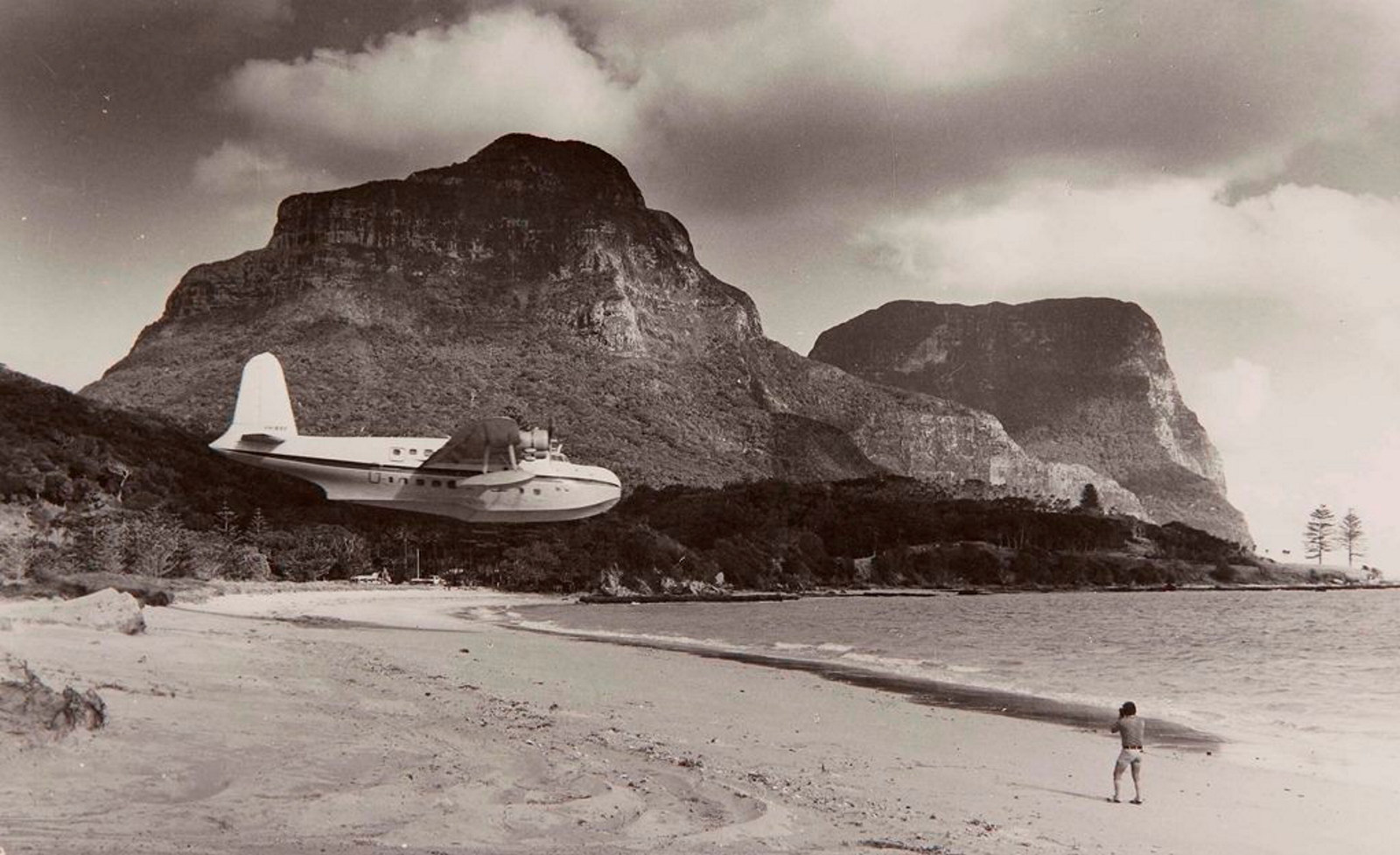
Flying boats: Sydney's golden age of aviation
The 1930s were widely considered aviation’s ‘golden’ age, a time when modernity and luxury combined to define an era in world travel that will almost certainly never be repeated
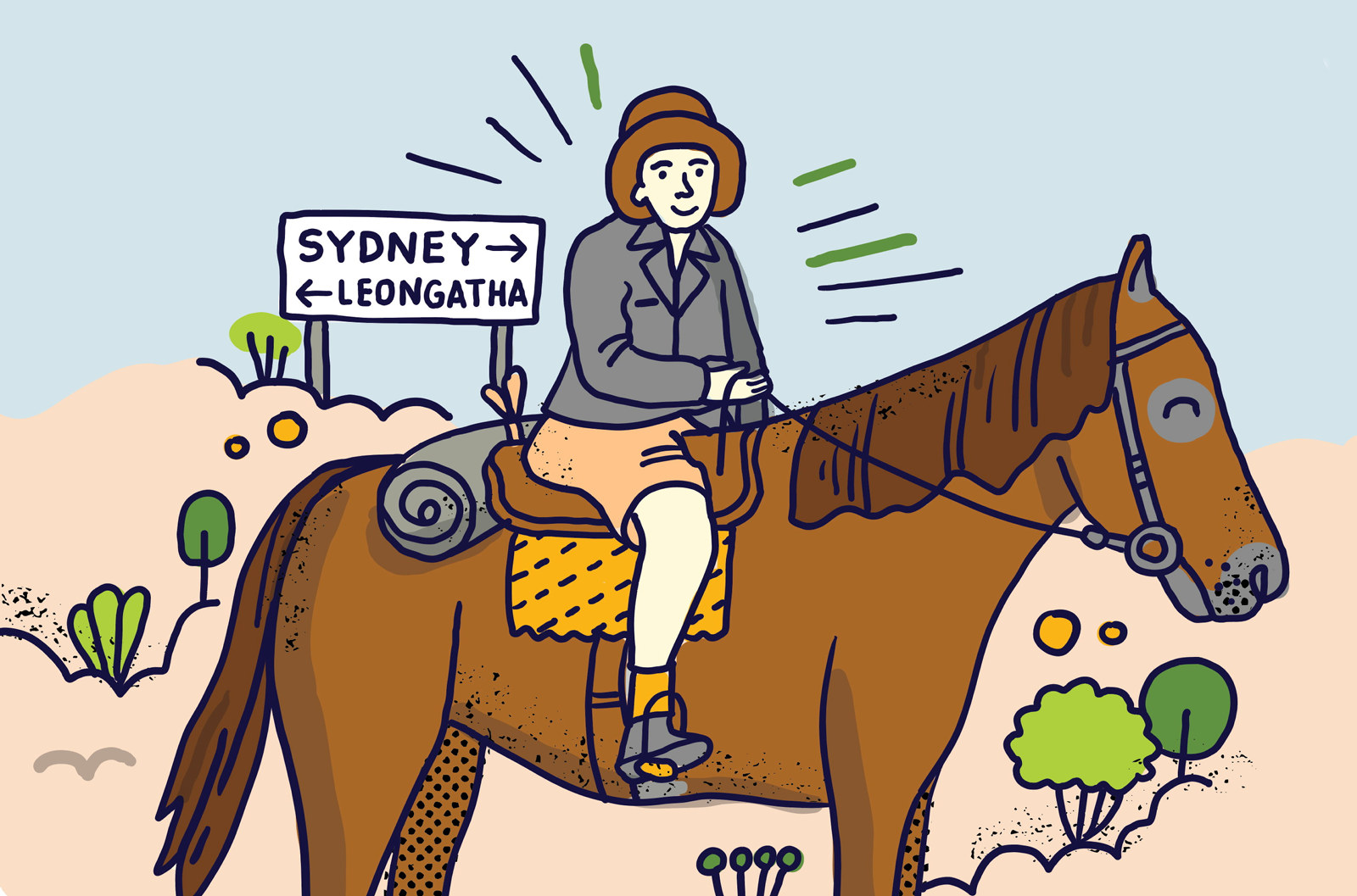
Lennie Gwyther
Lennie ‘the Legend’ Gwyther spent his childhood running around the foothills of Leongatha in country Victoria with his four younger siblings and his prize-winning pony, Ginger Mick
